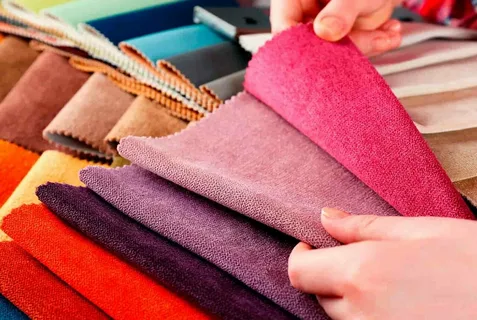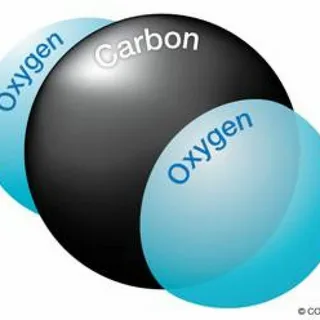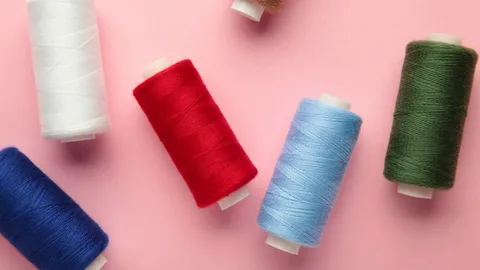Seam Strength and Stitch Performance: Choosing the Right Thread for Different Fabrics
The strength and performance that any seam provides to a sewn product, from delicate haute couture to rugged industrial gear, equals the integrity of the product. In turn, the thread used directly influences this. Neither is the selection of the right thread solely an issue of choosing something that looks aesthetically pleasing, it is actually an important engineering consideration that affects the fabric’s durability, functionality, and quality. For the manufacturers and designers, it is imperative to understand the interplay of the fabric properties, the thread characteristics, as well as the stitch performance.
Difference and Relationship Between Seam Strength and Stitch Performance
While discussing quality, life, or durability of sewn products, we tend to interchange “seam strength” and “stitch performance” when they are different, though related, constructs.
Difference:
- Seam Strength:
- Definition: Seam strength is the total ability of a sewn seam to resist force/stress before it ruptures or fails. It is a measure of the seam’s resistance to tension, tearing, or other mechanical stress.
- Factors: Seam strength combines factors such as:
Thread strength
Fabric strength
Stitch density
Seam type (plain seam, flat-felled seam, etc.)
Sewing machine tension
- Measurement: Seam strength is measured by applying a force on the seam until it breaks and recording the value of force.
- Focus: It emphasizes the total ability of the seam to hold sewn fabric pieces together under stress.
2. Stitch Performance:
- Definition: Stitch performance refers to the quality and reliability of the individual stitches that make up the seam. Specifically, it includes stitch formation, stitch density, and stitch-line uniformity.
- Factors: These include the associated factors of:
Thread quality settings on the sewing machine (tension, stitch length), needle
- Measurement: Stitch performance is usually examined either through visual assessment or microscopic observations for stitch uniformity and quality.
- Focus: Stitch performance is about the quality and consistency of individual stitches and how it may be represented through seam performance or aesthetics.
Relationship:
- While seam strength and stitch performance are separate and can be defined differently, they are still related.
- Good stitch performance would lead to better seam strength.
- Poor stitch performance may lessen seam strength regardless of whether the threads or fabric are rated to be strong.
In other words, you could think of stitch performance as the quality of the composition that went into the build of a structure, and seam strength would be the integrity of the finished structure as a whole. In summary, seam strength reads, “how much force could the seam take?”, and stitch performance reads, “how well are the stitches formed?”.
The Fundamental Interplay: Fabric and Thread Compatibility:
Symbiotic dependence is the relationship between fabric and thread. A thread which does well in a heavy canvas would break within sight in fine silk. On the other hand, a delicate thread made for lace would not be appropriate for strengthening a leather boot. Proper matching between the two materials is the key, and understanding the inherent properties of each.
Fabric Properties and Their Impact on Thread Selection:
- Strength and Thickness: Stronger, thicker threads are needed, as heavy and dense fabrics. Finer, less abrasive threads are required for lightweight, delicate fabrics.
- Durability: Natural fibers like cotton and wool need threads of the same kind, synthetic fibers require stronger and more durable threads as well.
- Stretched out Fabrics: Stretchy Knits, Spandex, etc require threads with enough elasticity and stretch so they don’t break when stretched out.
- Construction and Weave: Thin threads may be necessary in tightly woven fabrics to avoid damage, while thicker threads can lend strength to loosely woven fabrics.
- Fabrics with a Surface Texture: These fabrics can handle a wider spectrum of threads than smooth fabrics, although textured fabrics may need threads specially treated.
- Outdoor or Industrial Fabrics: Threads must be resistant to UV radiation, moisture, chemicals and abrasion when exposed to the environment.
Thread Properties and Their Significance:
- Very High Tensile Strength: This is the thread’s ability to resist the pulling force that is important for its heavy-duty applications.
- Elastic fabric: Important elongation (stretch without breaking).
- Thread Abrasion Resistance: This is the capacity for friction of the thread in seams exposed to wear and tear.
- Fiber type: Natural fibers (cotton, silk) may be aesthetically pleasing and comfortable, whereas synthetic fibers (polyester, nylon) may be strong and durable.
- Strength and Fineness: Thicker threads may be stronger but will feel less delicate, where fine threads are softer but less strong.
- Treatment: Bonding, mercerization and lubrication are thread finishes that improve thread performance.
- Chemical Resistance: This is important in cases where a chemical exposure is likely in industrial applications.
- Colorfastness: The thread’s ability to retain its color over time, even with washing and exposure to sunlight.
Stitch Performance and Seam Strength:
- Stitch Type: A number of different characteristics determine if stitch type (lockstitch, chain stitch, overlock) will give greater strength and ease of seam elasticity.
- Fabric Stress: Higher stitch density also results in higher fabric stress, and a heavier study fabric is more likely to shrink when knit.
- Seam Strength & Appearance: The difference is noted in plain seam, flat seam, and bound seam, and has a direct effect on seam strength and appearance.
- Strong Balanced Seams: Strong Balanced Seams are achieved when the sewing machine is working with the proper tension.
- Needle Selection: Be it The needle size and type have to match the fabric and the thread.
Matching Threads to Specific Fabric Types:
- Cotton or Polyester Cotton Blend: Cotton or a polyester cotton blend usually work, depending on fabric weight with thread size depending on fabric weight.
- For Silk and Delicate Fabrics: Fine silk or polyester fine denier. Smooth finishes are preferred.
- Wool and Knits: Wool or elastic polyester thread is the best when it comes to flexibility and preventing seam puckering.
- High Tensile & Abrasion Strength: Nylon or Polyester threads of high tensile strength and high abrasion resistance are a must in achieving High Impact and Hard Wear.
- Fabrics: Polyester (trilobal polyester thread) or nylon threads are used, and countertops are trimmed with threads such that they match the characteristics of the fabric.
Thus, Technical Textiles are those threads which specifically meet specialized properties such as chemical resistance, flame resistance etc.
Testing and Quality Control:
- Force Required to Break a Seam: An example of Seam Strength Testing.
- Abrasion Testing: Testing the wear and tear of the thread.
- Colorfastness Testing: Assessing the thread’s ability to retain its color.
- Dimensional Stability Testing: Determining how well the threads will survive washing.
- Microscopic Analysis: Examining thread and seam quality at a microscopic level.
Advanced Technologies and Future Trends:
- Conductive Thread: Bringing sensors and conductive materials through threads for monitoring and data collection.
- Bio-Based Threads: Developing sustainable thread alternatives from renewable resources.
- Customized Threads: 3D printed threads with unique properties and shapes.
- AI-Powered Thread Selection: Artificial intelligence is leveraged to select the best thread based on fabric properties and performance needs.
- Recycling techniques have been improved to allow for better recycling of threads and produce improved recycled sewing thread.
Conclusion
The selection of the right thread for a given fabric is a very critical engineering decision that determines the structural integrity and longevity of any sewn product, in a sense, the selection of the right thread is not a matter of aesthetic consideration rather it is a matter of engineering. The balance of thread properties and fabric and stitching properties is as intricate as fabric, stitch and thread.
To properly select the thread with which to knit the various fabrics, their weights, compositions, elasticity and weaves must all be considered. Like threads, the final seam has also a range of properties, such as tensile strength, elongation, abrasion resistance and fiber composition, each of which has its own share to contributing to performance of the final seam.
This decision making process is compounded with the stitch type and density and seam construction with sewing machine tension. As a thread has to endure a lot of pressure and force under different conditions, rigorous testing and quality control such as the abrasion test, seam strength test and colorfastness testing, are indispensable to evaluate if the chosen thread can stand up to the required performance specifications.
To the future, smart threads, bio-based threads, 3D printed threads and AI powered thread selection will change the entire industry. Partnering with them will not only aid the performance and sustainability of sewn products but will provide new design opportunities.
Finally, considering these factors carefully, along with further technological progress, products sewn will be more beautiful but also durable and functional, regardless of the product’s fabric and weight.







